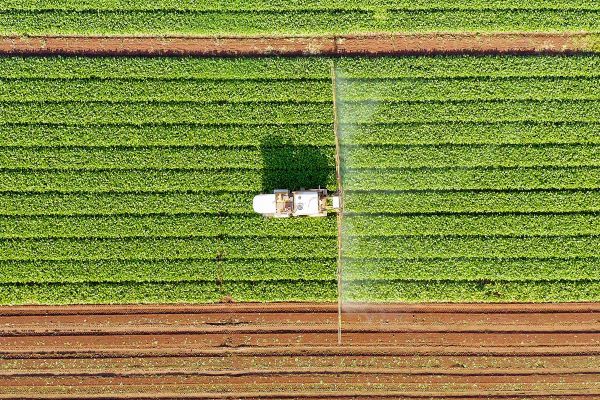The plant will save the emission of 1.7 million tonnes CO2 per year compared to natural gas-based fertilizer production.

PIX: Topsoe
Topsoe, a global leader in carbon emission reduction technologies, signed a Memorandum of Understanding with a group of partners, with the intent to set-up ammonia production in Bontang, Indonesia. The resulting fertilizer can support the food consumption for 45 million people in Indonesia, approximately one sixth of the Indonesian population.
The proposed project will utilize Topsoe’s industry leading ammonia synthesis technology coupled with its next generation electrolysis cells, SOEC, which makes the production of hydrogen up to 30% more efficient than competing technologies.
Nikolaj Knudsen, Head of Business Development Power-to-X, Topsoe, said: “The outlook of contributing to better food conditions for 45 million people in Indonesia, while leaving a close to zero carbon footprint is absolutely amazing. This is a very promising and progressive project, and we are excited to be able to support with our world-class Power-to-X solutions.”
Copenhagen Atomics will deliver the project’s modular thorium reactors.
Thomas Jam Pedersen, chairman of the board and co-founder of Copenhagen Atomics, said: “The perspective is enormous. Low emission ammonia at a low price helps reduce the world's CO2 emissions, and for our Thorium reactors, that market is a huge opportunity, especially when we can offer a complete plant together with our partners.”
The project partners will now thoroughly investigate the operational and regulatory conditions for establishing ammonia production in Indonesia based on molten salt fourth generation nuclear as feedstock.
The project has 4 Danish partners namely Copenhagen Atomics, Alfa Laval, Aalborg CSP and Topsoe, and two state-owned Indonesian companies, Pupuk Kaltim and Pertamina New & Renewable Energy. The proposed plant will have an electrolysis capacity of 1GW and consist of 25 small modular reactors (SMRs). It will use SOEC, the most efficient electrolyzer technology. It can be even more efficient when integrated with waste heat from other processes, lowering the cost of hydrogen production further. Nuclear power plants generate significant amounts of waste heat, making SOEC the perfect match to produce hydrogen efficiently.
The hydrogen will be converted to one million tons of ultra low emission ammonia per year, which could translate into fertilizer for food consumption for 45 million people in Indonesia.
The plant will save the emission of 1.7 million tonnes CO2 per year compared to natural gas-based fertilizer production.
Subscribe to our newsletter & stay updated.